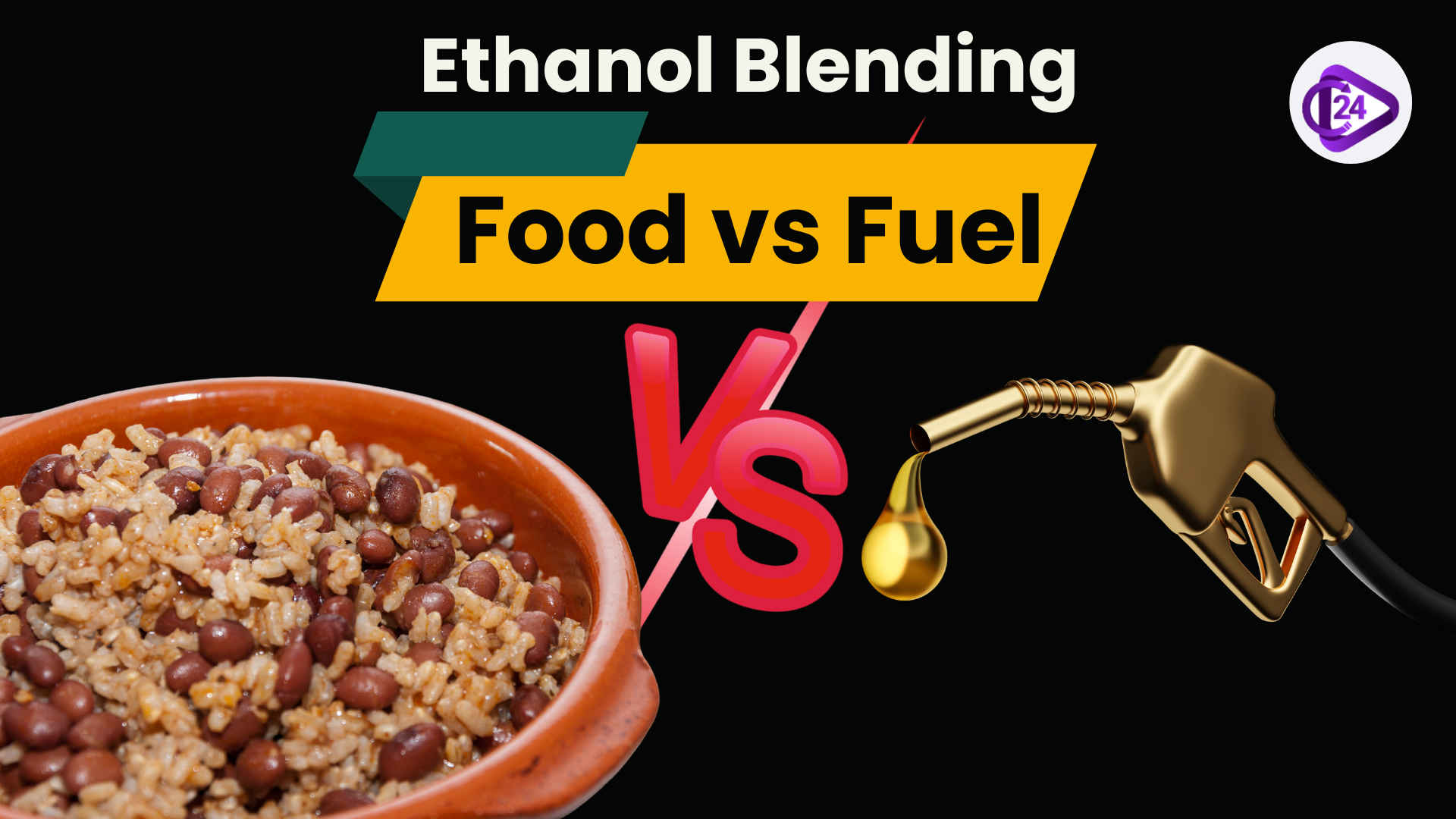
India's Ethanol Blending Program (EBP) represents a vital component of the nation's energy security policy framework. India is shifting its energy focus to local sugar cane production for ethanol fuel creation because global petroleum costs remain unstable. The government tries to decrease oil imports through petrol-ethanol blending yet the fuel production emphasis on crops leads to reduced sugar and food production levels. Frustration has arisen from agricultural resource competition between food production and fuel manufacture since the nation confronts increasing sugar costs coupled with looming food supply problems.
Context
-
India's ethanol-blending policy has advanced to surpass its original goal by accelerating the target of reaching 30% petrol-blended ethanol by 2025.
-
The Indian government has implemented this initiative to decrease reliance on fossil fuels and reduce national oil imports.
Key Points:
Ethanol Blending and Policy timeline
-
Indian authorities began with a 20% ethanol blending target for 2025 yet increased the objective to 30% blending by the same year. Recent policy changes extended the ethanol-blending target beyond its initial 2025 goal to a new objective of achieving 30% blending during the same period.
-
The government tightened its ethanol-blending standards to 15% in 2020-2021 and plans to exceed the previous target by achieving 30% blending in upcoming years.
Impact on Sugarcane Production:
-
As ethanol requirements grow the industry funnels more sugarcane resources into producing ethanol. The decreased availability of sugar for direct use occurs due to this development.
-
Due to decreasing sugarcane production since 2022 the government has raised the Fair Remunerative Price (FRP) to safeguard farmer interests. Sugar prices have increased because of rising costs.
Sugar Prices and Consumer Impact:
-
The accelerating need for sugar to produce ethanol has driven up sugar prices which directly affect consumers' purchasing power.
-
Recent data shows a substantial increase in sugar prices which threatens to worsen food access challenges for lower-income households.
Ethanol Production and Environmental Benefits:
-
People recognize ethanol blending as sustainable because this renewable fuel stems from agricultural raw materials.
-
India achieves both energy independence and lesser emissions of greenhouse gases by blending ethanol into petroleum products.
Challenges of implementing food vs fuel
-
India's EBP promotes energy security but shares negative effects on food production mainly in the sugar sector.
-
Agricultural resources aim diverting their output from food production to fuel output which creates escalating sugar prices affecting consumer prices and food sector costs.
-
National food security requires the government to establish measures which prevent ethanol production from negatively affecting the availability of basic food items.
Government’s strategies to preserve sugar distribution:
-
The government seeks to synchronize ethanol manufacturing operations with sugar yield to protect the available sugar supplies from rising ethanol consumption levels.
-
The government investigates various regulatory tools including price controls together with financial support to achieve stable sugar prices.
Long-Term Sustainability of the EBP:
-
The EBP successfully built an ethanol market demand system alongside farmer support initiatives. This program's long-term continuation depends on preserving nationwide food security alongside achieving self-sufficiency in energy resources.
-
Due to rising discussions about the food versus fuel conflict the future of biofuel policies will probably change.
Conclusion:
Ethanol blending activities in India represent a major advancement both for energy independence and reduced fossil fuel usage. This policy exposes India's vital food vs fuel trade-off because it produces rising sugar prices alongside food security risks. The Ethanol Blending Program (EBP) provides multiple economic opportunities and environmental advantages but India needs to control agricultural resource reallocation to protect food supplies.



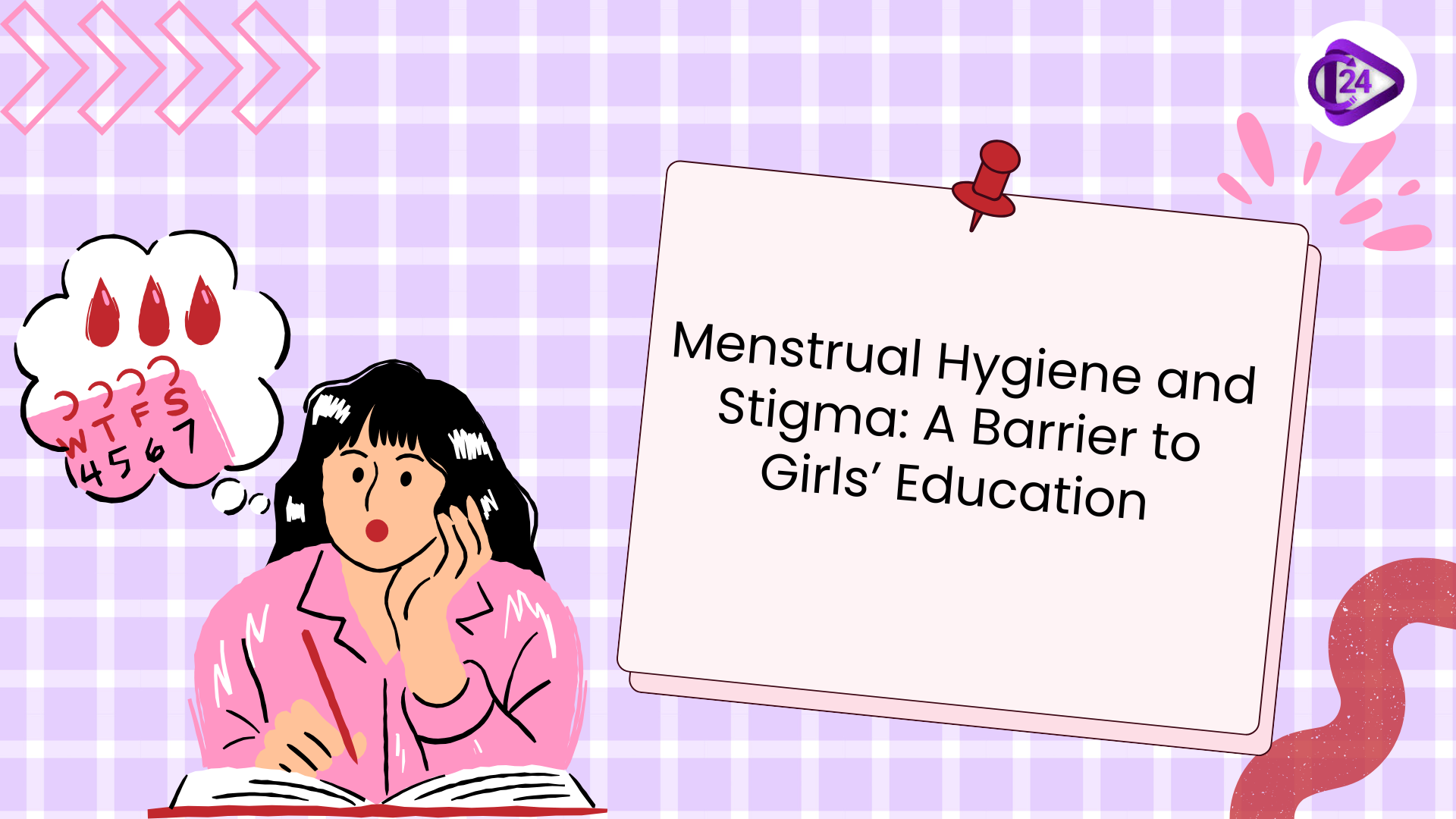 Menstrual Hygiene Issues and Period Stigma: A Barrier to Girls’ Education in India
Menstrual Hygiene Issues and Period Stigma: A Barrier to Girls’ Education in India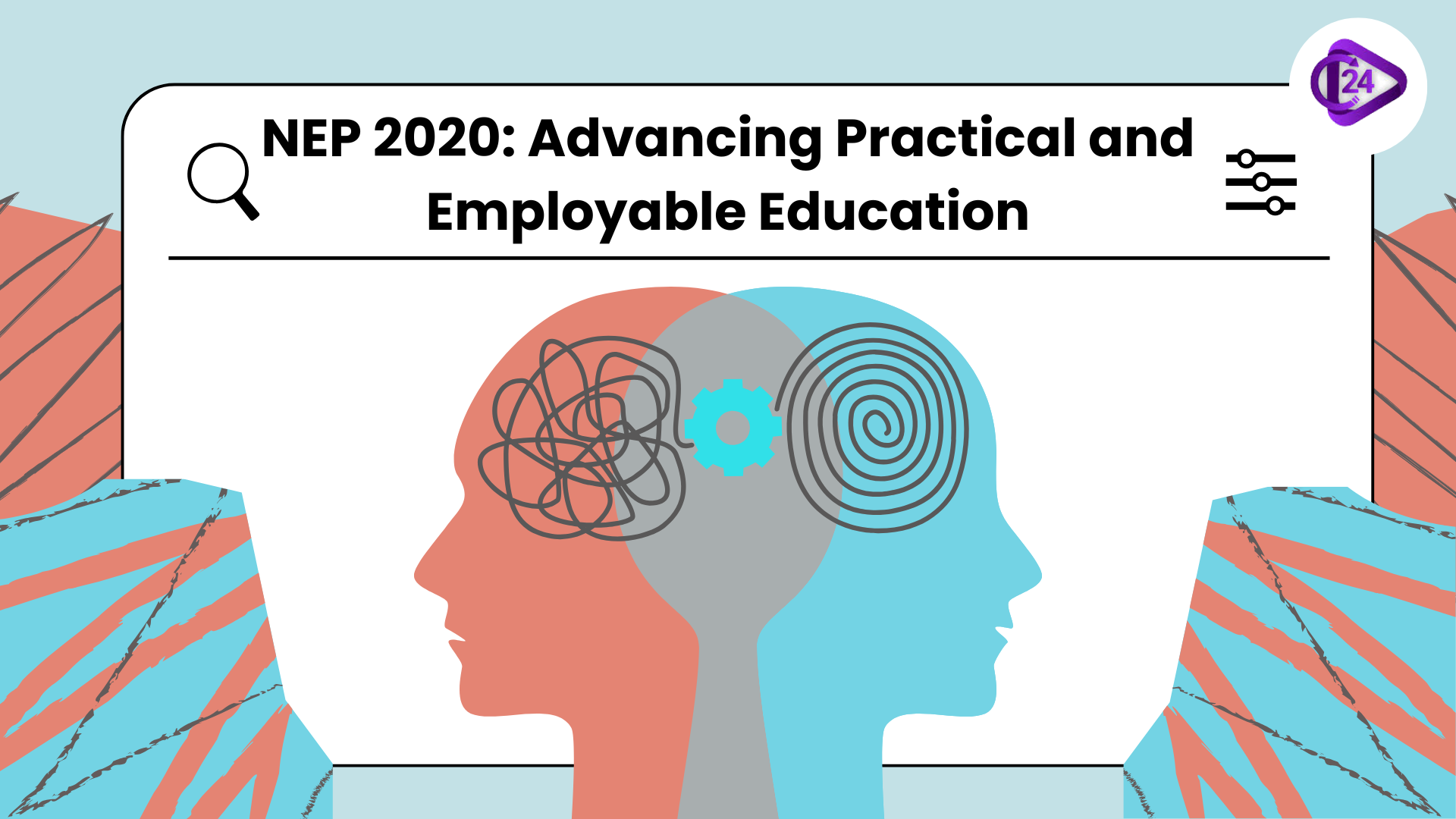 NEP 2020: Paving the Way for Practical, Pragmatic, and Innovative Education to Enhance Employability
NEP 2020: Paving the Way for Practical, Pragmatic, and Innovative Education to Enhance Employability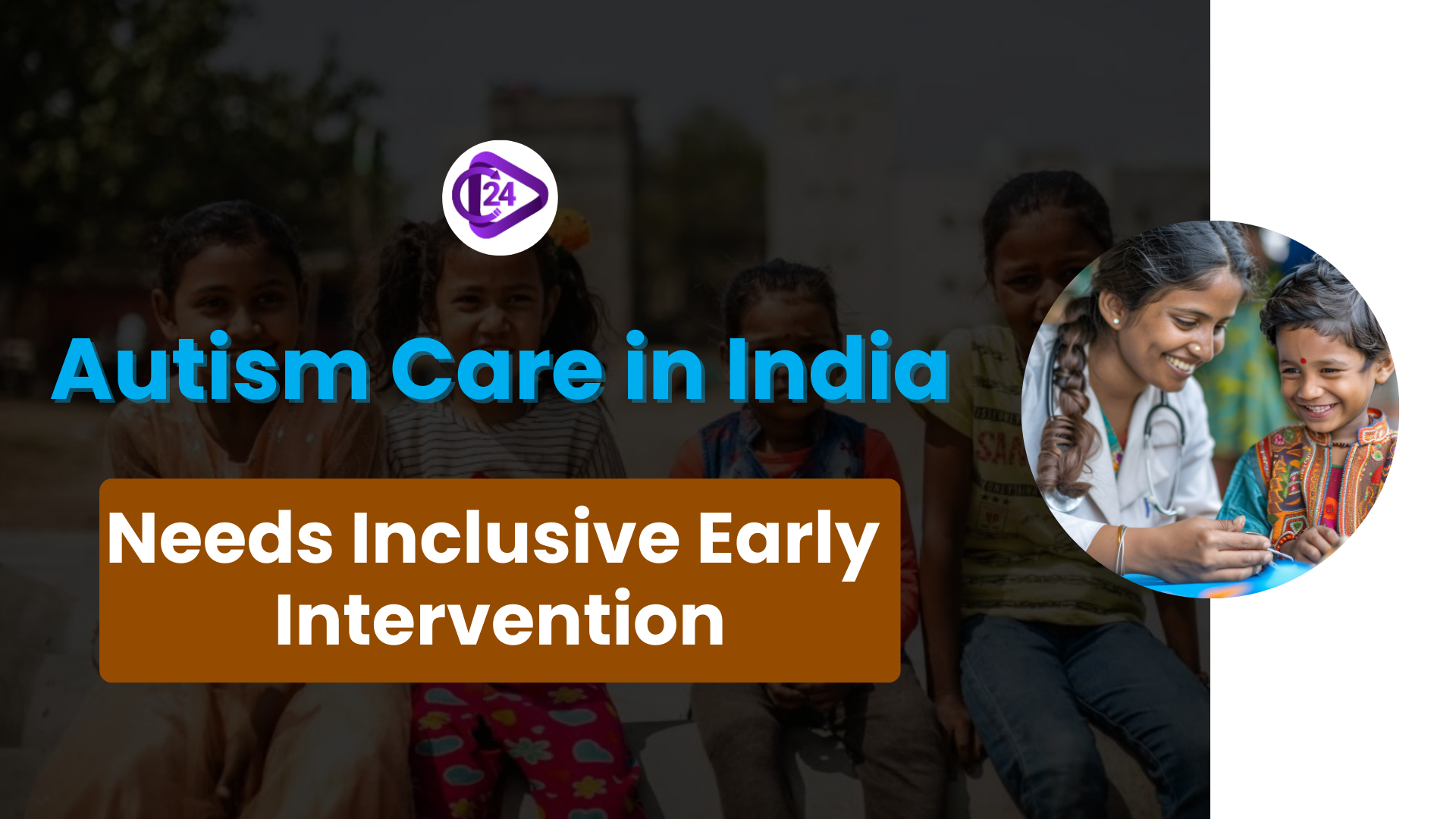 Autism Care in India: A Call for Evidence-Based, Inclusive, and Early Intervention
Autism Care in India: A Call for Evidence-Based, Inclusive, and Early Intervention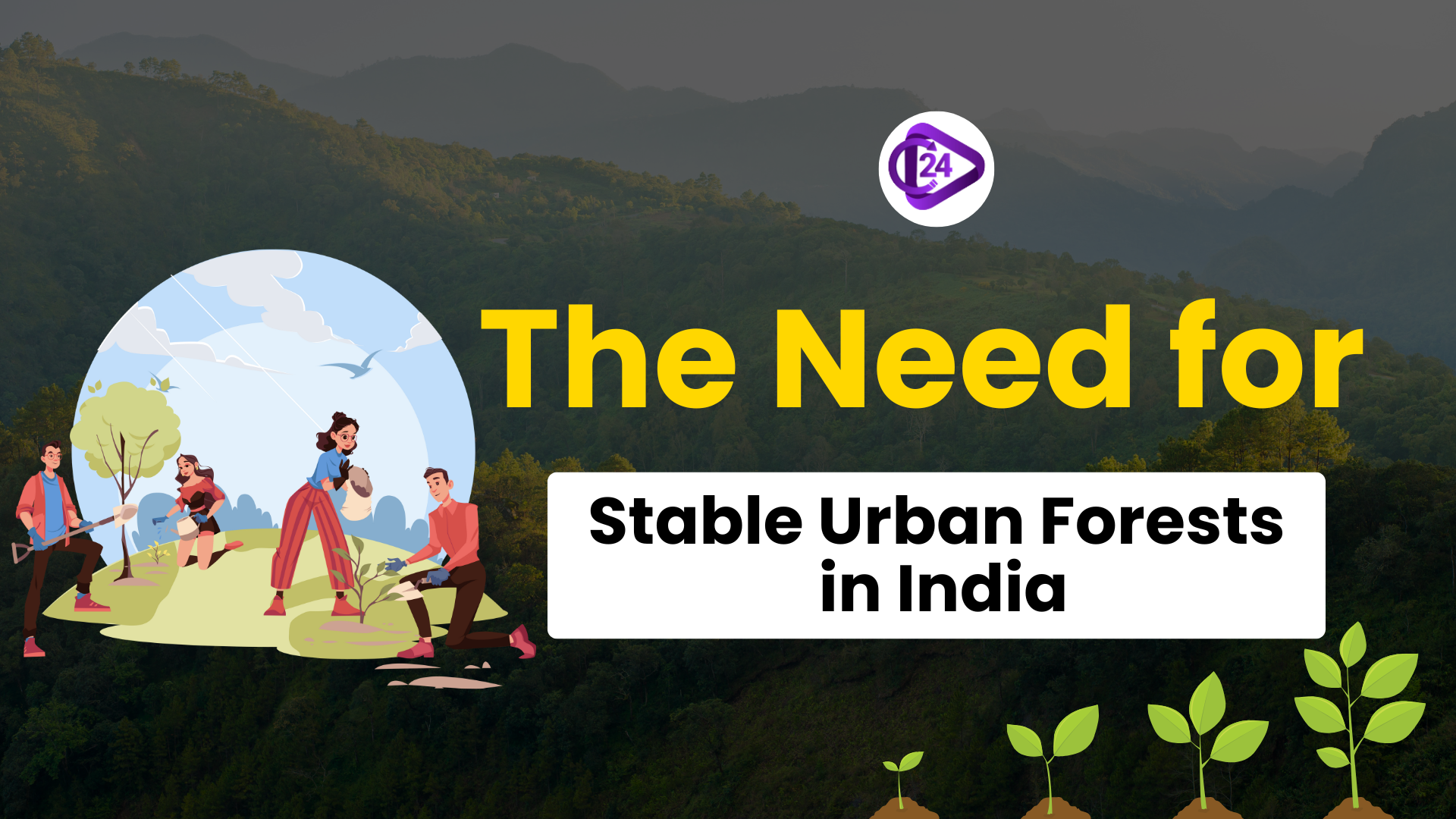 Why Urban Forests Are Crucial for India's Sustainable Future
Why Urban Forests Are Crucial for India's Sustainable Future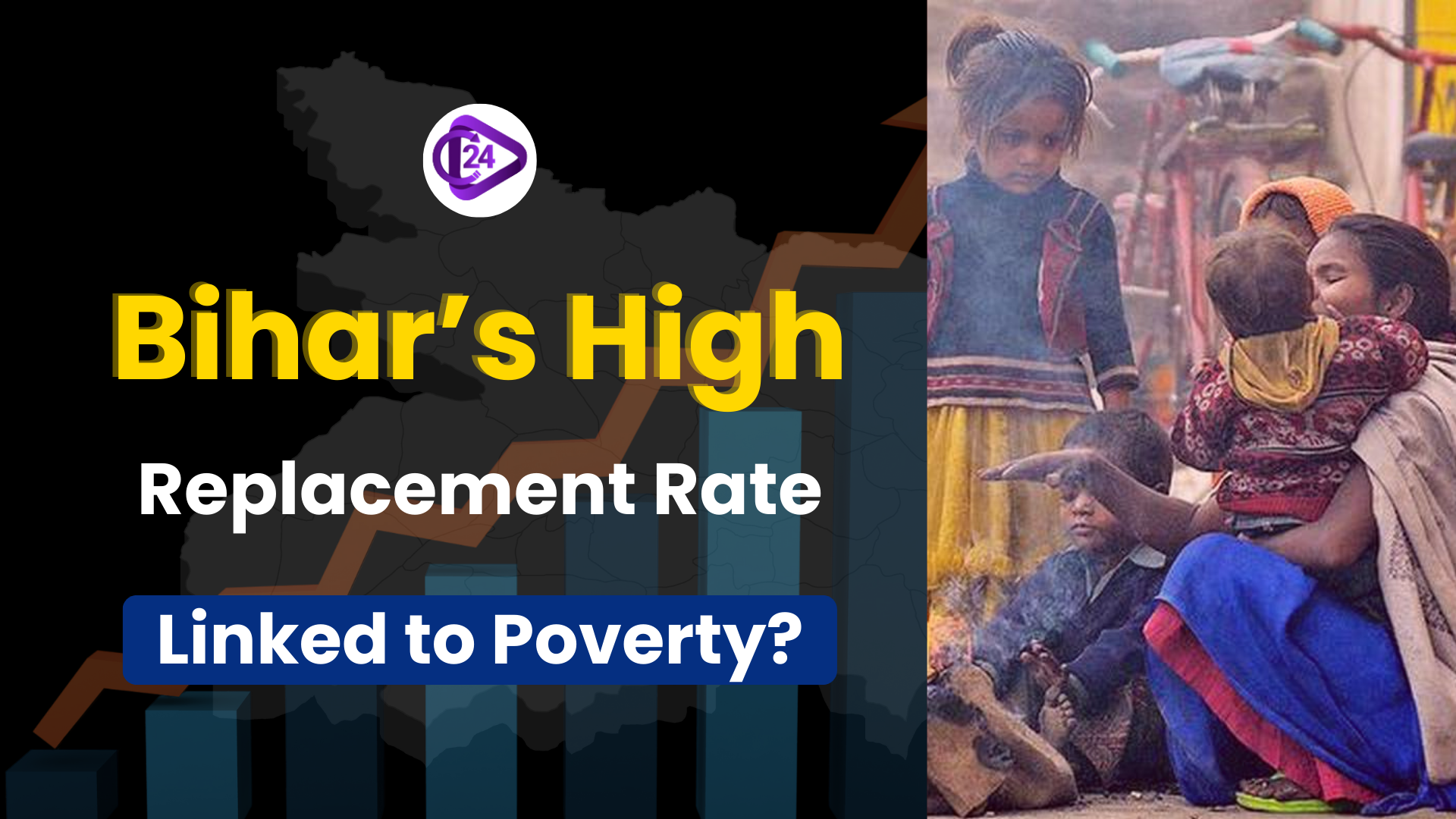 Is Bihar’s High Replacement Rate a Consequence of Poverty?
Is Bihar’s High Replacement Rate a Consequence of Poverty?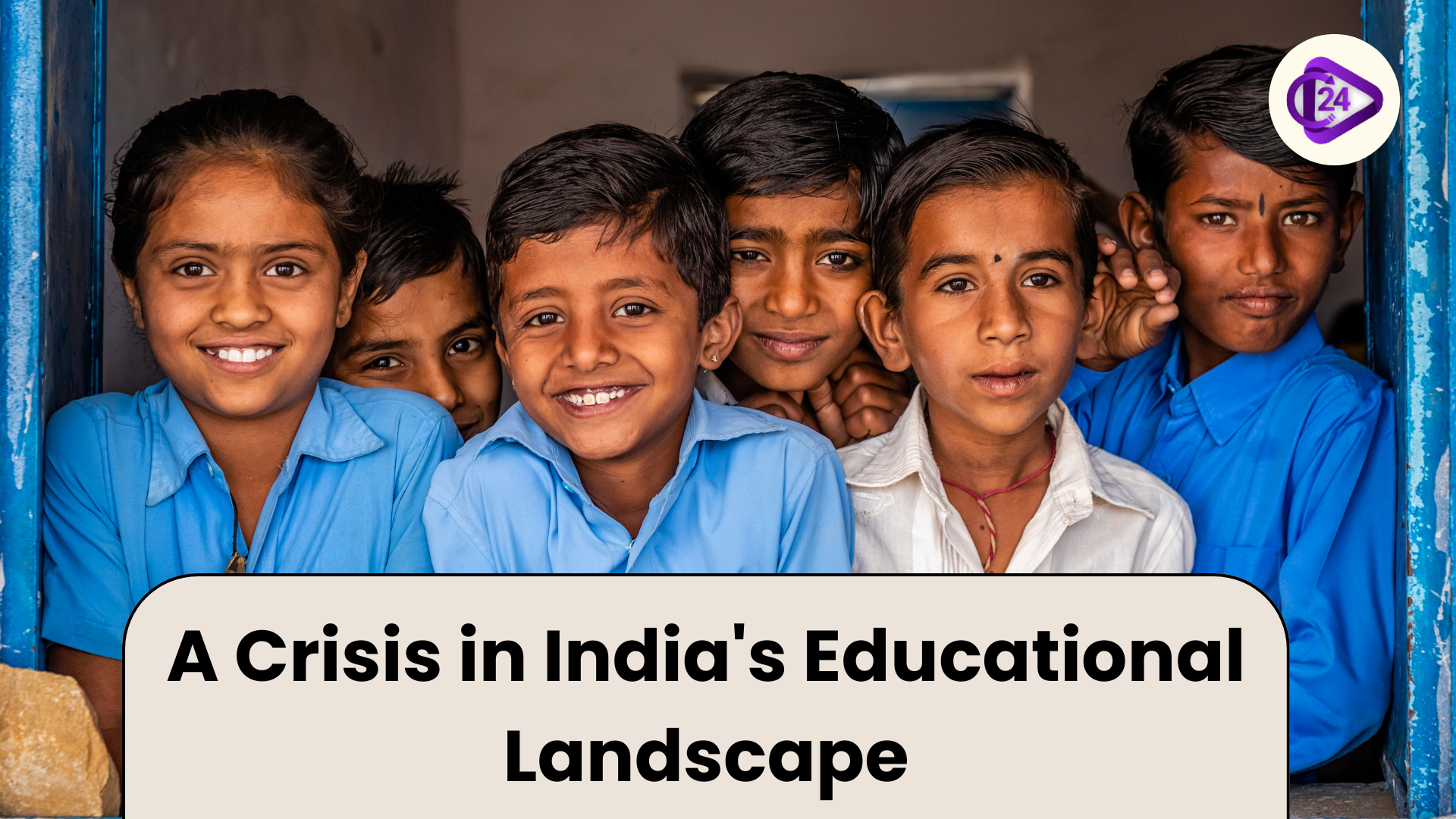 The Erosion of Academic Freedom: A Crisis in India's Educational Landscape
The Erosion of Academic Freedom: A Crisis in India's Educational Landscape Kautilya’s Philosophy of war and its relevance to the ongoing India-Pakistan Situation
Kautilya’s Philosophy of war and its relevance to the ongoing India-Pakistan Situation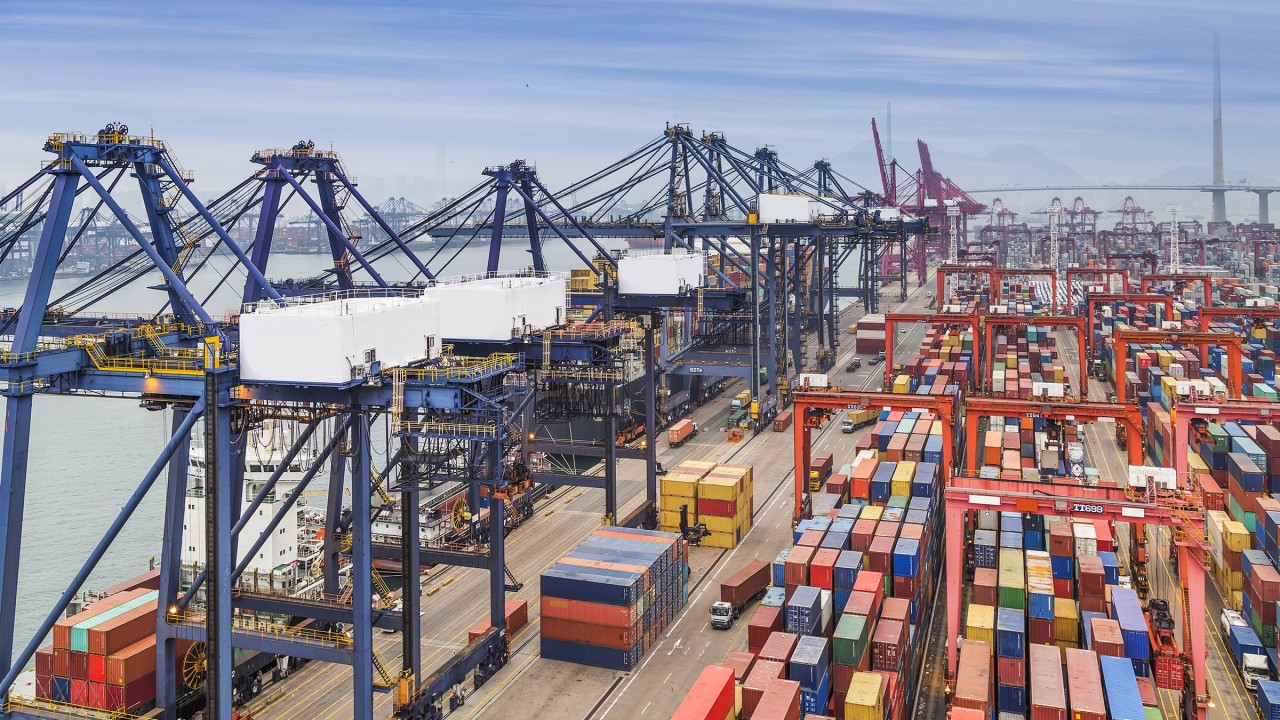 Infrastructure and Identity: Building the Future through Ports
Infrastructure and Identity: Building the Future through Ports India’s Bonded Labour Crisis: A Persistent Shadow on Workers' Rights
India’s Bonded Labour Crisis: A Persistent Shadow on Workers' Rights






